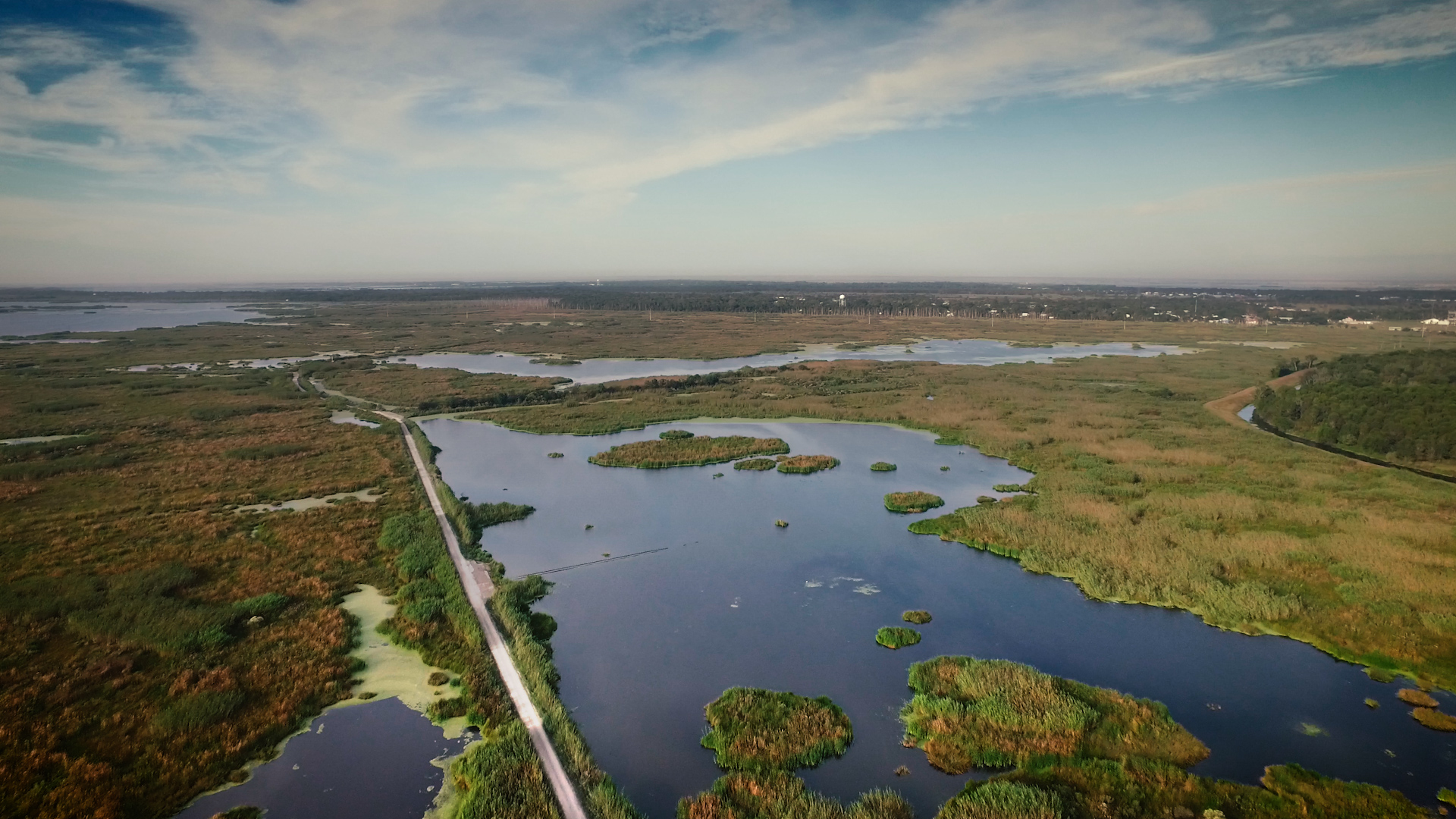Three reasons innovative companies are investing in landscape-scale restoration
As the world counts down to two degrees, innovative companies are taking the lead and filling the policy void. Businesses are voluntarily setting quantifiable climate change targets; many committing to carbon neutrality. Going even further, visionary corporate leaders are delivering on climate commitments through enduring solutions that possess significant, measurable co-benefits.
For forward-thinking organizations like Eileen Fisher Foundation, VMWare, and Timberland, landscape-scale restoration is a powerful climate solution and an integral tool in their sustainability arsenal. Landscape-scale restoration is exactly as it sounds — rather than a patchwork approach, restoration projects are scaled from 10,000-100,000 acres to maximize impact and amplify the co-benefits.
What tree planting lacks in novelty and pizzazz, it makes up for in practicality, return, and impact. Listed as a solution in Article 5.1 of the final Paris Agreement, this “engineered-by-nature” climate solution is a self-sustaining approach that takes a long-term perspective of decades. For those considering options to deliver on ambitious carbon offset commitments, here are three reasons why investing in landscape-scale restoration makes great sense.
- Offers a proven, cost-effective and self-sustaining carbon capture solution
It is no secret that Mother Nature knows best. Forests and wetlands are essential for carbon capture. And while leveraging green technologies to secure renewable energy sources plays an integral role in meeting sustainability goals, trees and wetlands remain the most cost-effective, self-sustaining tools we have today to store and sequester carbon and clean our water.
According to the Nature Conservancy, U.S. forests store and filter more than half of the nation’s water supply. Further, the organization reports that U.S. forests currently serve as a carbon ‘sink’, offsetting approximately 15 percent of all fossil fuel emissions in the United States.
- Maximizes investments by delivering significant co-benefits
Climate solutions should be about more than reducing carbon loads — they should be about creating stable, resilient conditions in which people, the environment, and the economy can thrive. Unlike smaller-scale projects that are often an uncoordinated set of small fixes, landscape-scale reforestation is a holistic approach. The scale and breadth of these types of projects result in significant ecosystem-wide co-benefits. In this case, the community and economy are included in the ecosystem.
Consider this real-world example. Nearly all U.S. business organizations have one or more components of their value chains that rely on the ecosystem services and natural capital generated and provided by the Mississippi River. Together with corporate, nonprofit and governmental partners, Restore the Earth is committed to restoring one million acres of the Mississippi River Basin — North America’s Amazon. Once complete, this project will reduce U.S. carbon emissions by 2 percent; reverse the hypoxia dead zone in the Gulf of Mexico by 12 percent and generate $12 billion in shared environmental, economic and social value. Restoring degraded lands along the Mississippi River Basin means cleaner water, which is essential to providing food, jobs and economic security for millions of people locally and globally.
- Offers unparalleled financial and social returns
Verified measurement of the social impact of restoration reinforces the strong business case for major investments in natural capital. While ROI can vary, landscape-scale restoration generates unparalleled financial and social returns – far superior than can be realized by gray infrastructure investments. Further, the resulting non-market social value and the market value can be accounted for on a corporation’s integrated reporting balance sheet. For example:
- Shell Oil Company has partnered with a network of collaborative corporations to fund a 4,000-acre reforestation of freshwater forested wetlands in Louisiana’s Pointe-aux-Chenes Wildlife Management Area. For every dollar Shell invests, $15.76 in environmental, social and economic value is created.
- Entergy Corporation, a leader in electric power production and retail distribution operation, funded the reforestation of 1,943 acres of forest in Louisiana’s Tensas National Wildlife Refuge. For every $1 Entergy invested, $36.20 of integrated environmental, social and economic value is created.
Corporate sustainability needs pioneers with BIG vision who boldly explore new solutions and inspire others to follow. These green trailblazers know that conserving our precious natural capital is not enough. They want to RESTORE the Earth – for generations to come.
About PJ Marshall
Before co-founding Restore the Earth Foundation with her husband, PJ spent more than 40 years as a top strategic marketing consultant for leading professional services firms such as Bechtel Corporation, Halliburton, and Fulbright & Jaworski LLP.
Her broad experience working with senior-level executives in major international corporations makes her particularly suited to developing and leading the cross-sector partnerships that are at the heart of the REF strategy and business model. PJ has also been responsible for major fundraising campaigns for organizations such as the Royal Ontario Museum, the Museum of Fine Arts, Houston, and the Houston Symphony, raising more than $50 million.


